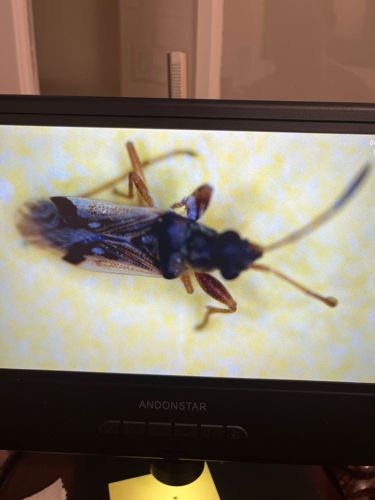Ant mimicry bug
Scientific Name: Spanagonicus albofasciatus (likely, but confirmation needs clearer view)
Order & Family: Hemiptera, Miridae
Size: Typically 2-4 mm in length

Natural Habitat
Often found in gardens, agricultural fields, and natural areas where host plants (like alfalfa, cotton, or various weeds) are present.
Diet & Feeding
Polyphagous; they feed on plant sap and can also be predatory, consuming small insects like aphids, mites, and their eggs. This makes them both a potential pest and a beneficial insect.
Behavior Patterns
Many species in the family Miridae are known for their fast movement and ability to fly. Some, like Spanagonicus albofasciatus, exhibit ant mimicry, where their appearance and behavior resemble ants, likely as a defense mechanism against predators. They are active during the day.
Risks & Benefits
Potential risks include being a minor pest in some agricultural crops due to sap feeding, which can cause damage to plant tissues. Benefits include their predatory behavior, helping to control populations of other pest insects like aphids and mites. Their impact is generally considered neutral to beneficial in many natural and agricultural settings unless present in very high numbers on specific crops.
Identified on: 9/23/2025